NHL Inbox: Next expansion city? How are draft lists created? Preds panic?
Thank you to the more than 60 people who submitted questions for the first edition of "NHL Inbox" - a forum in which readers can ask me anything hockey-related and I try my best to deliver an insightful answer.
Note: the questions below have been lightly edited for clarity and brevity.
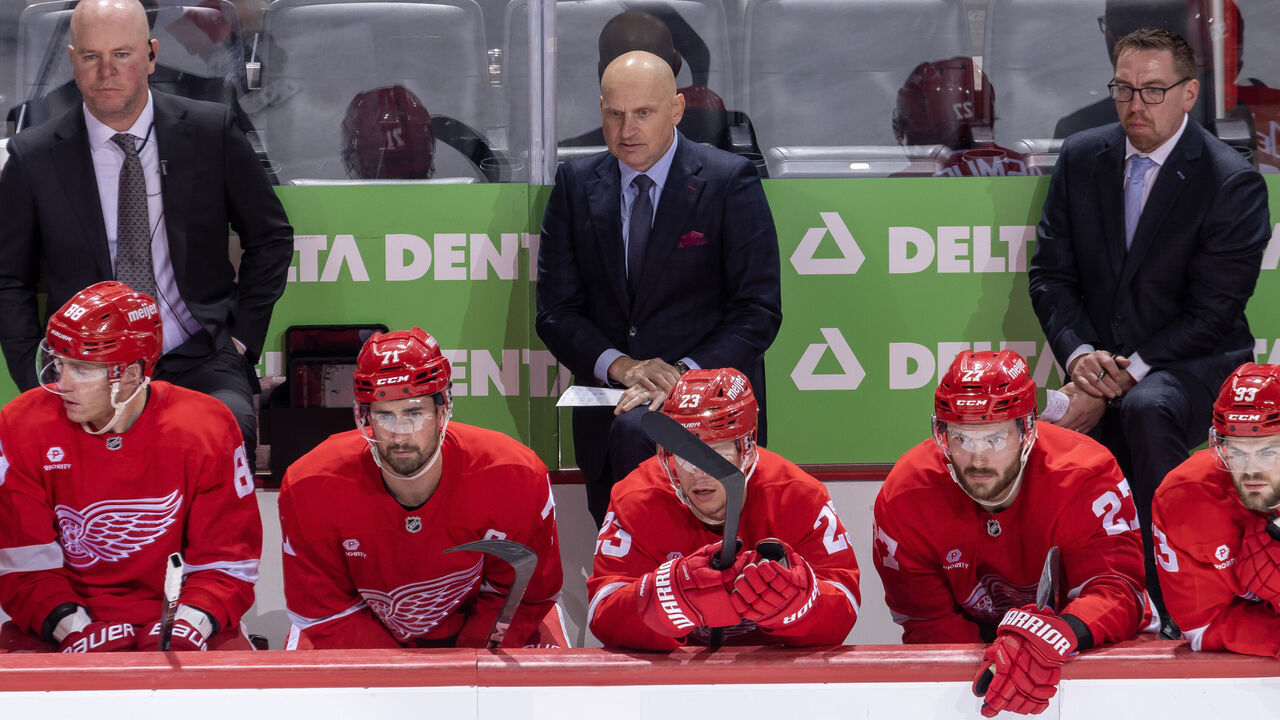
Matt N. asks: What do you think is the biggest factor for a rebuilding team to take that next step into becoming a contending team?
Two things immediately come to mind.
- Most, if not all core pieces must reach their potential. For instance, the Sabres are surely pleased by the trajectories of Owen Power and JJ Peterka while also not so pleased by Dylan Cozens and Jack Quinn's lack of progress. If Buffalo's going to end its playoff drought - let alone contend one day - it needs elevated contributions from more core guys.
- The rebuilding club's general manager can't beef up the roster at the wrong time. Example: Steve Yzerman committed too many dollars and too much term to too many veterans too early in the Red Wings' process. Thanks to this quick trigger, Detroit is arguably the NHL's most "mid" team.
I ran this question by an NHL coach, who had a slightly different take.
"You have to hit on a superstar," the coach said.
Success here can be the product of smart planning and luck - the rebuild aligns with favorable draft lottery results and a draft class filled with potential studs. It can also be about swinging for the fences and hitting a home run. The Flyers' selection of Russian forward Matvei Michkov seventh overall in 2023 is a prime example of these variables colliding. Michkov, who's looked electric in his first 13 NHL games, is poised to raise Philadelphia's long-term ceiling in a meaningful way.
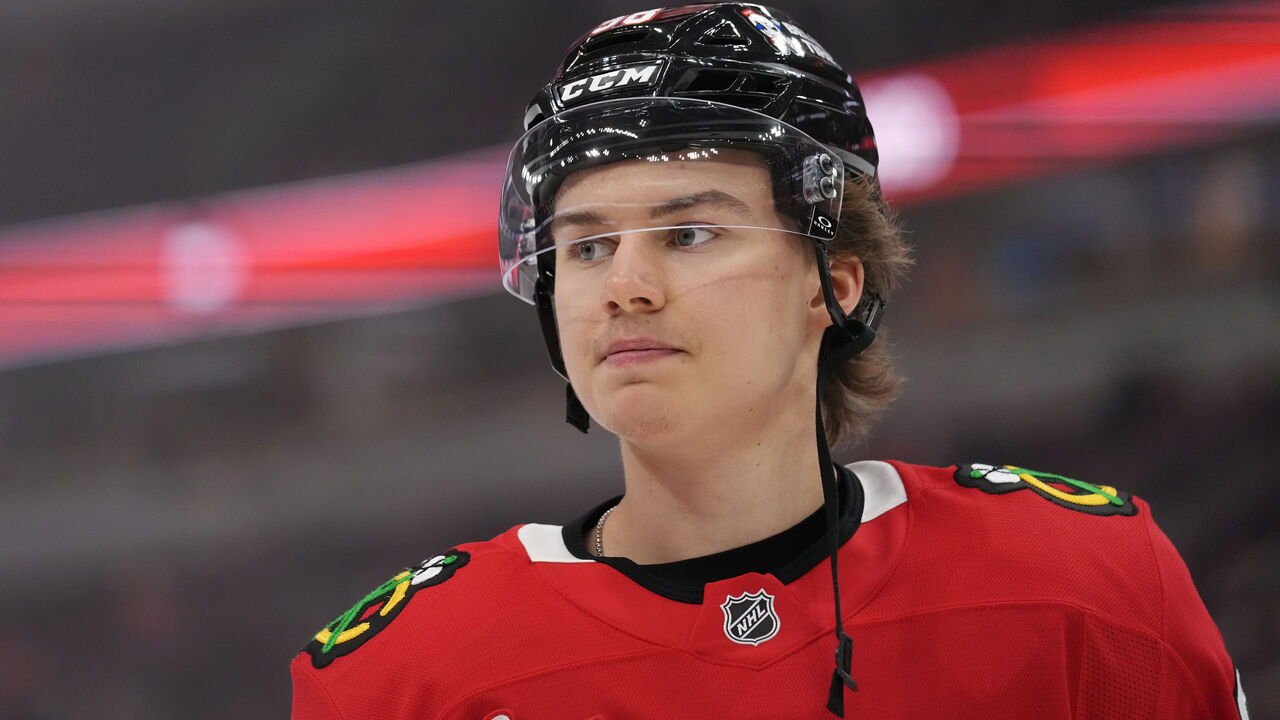
User "bedardswifee98" asks: How do you think Connor Bedard will contribute to the Blackhawks this season? And do you think Macklin Celebrini is going to do better than Bedard did in his rookie season?
Like last year, Bedard will be Chicago's offensive engine. Through 14 games, he's bagged three goals and nine assists for a 18-goal, 70-point pace.
We love to talk about how the hottest teams and players of the first month will come back to earth in due time. Bedard's start is giving off opposite vibes. His goal-scoring rate is too cold to believe. After scoring on 10.7% of his shots as a rookie, he's currently hitting the back of the net 6.1% of the time, despite firing more shot attempts and more shots on goal per hour as a sophomore.
In other words, Bedard will be fine. The goals will come.
As for the second question, no, I don't think Celebrini will have a better rookie season. It definitely could happen, but it's unlikely Celebrini surpasses Bedard's impressive 0.90 points per game, which ranked third this century among 18-year-old NHLers (Sidney Crosby and Connor McDavid).
Part of the challenge is that Celebrini missed 12 of his first 13 games after suffering an injury in his debut. Bedard battled an injury of his own as a rookie, but beginning the year on such a sour note is a momentum killer for Celebrini.
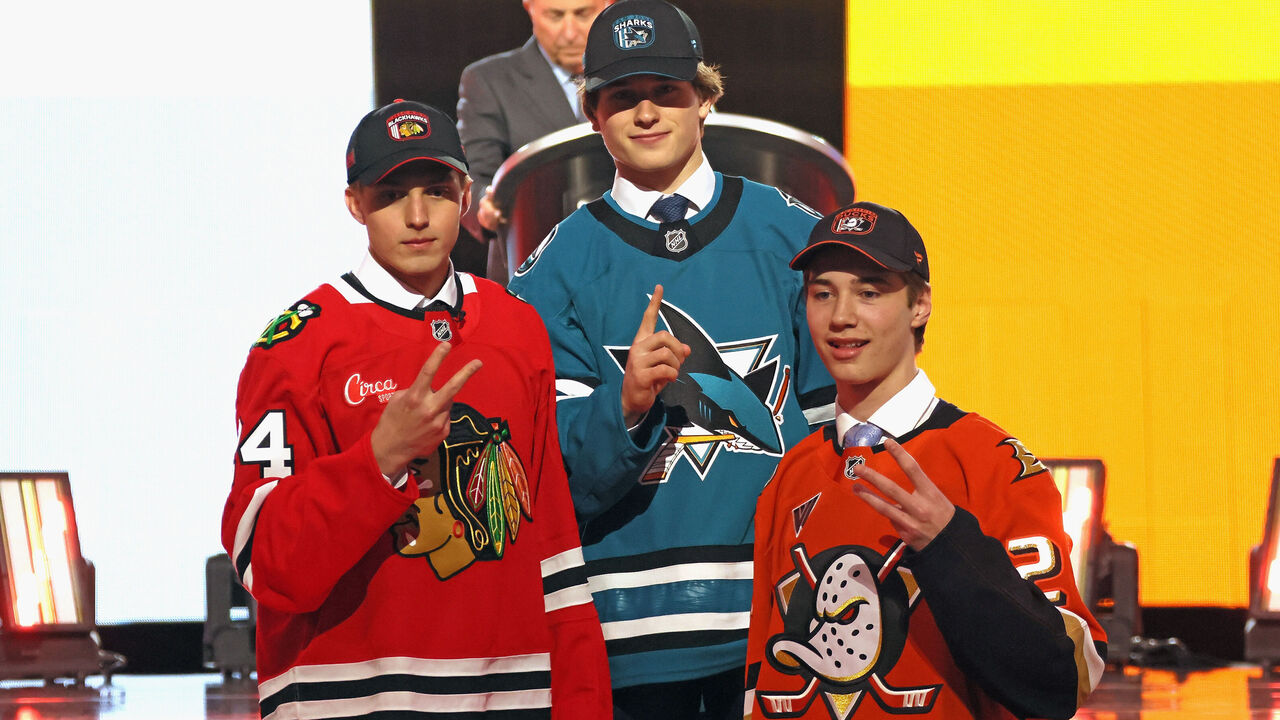
Eric R. asks: I want to know what the actual draft process is like. Do teams literally sit down and rank their top 200 players? Do they just cross off names and pick the next guy? Do they tier based on position and player type? I'm extremely interested in the inner workings of the draft and understand it's likely different based on team and scouting staff. Curious if you have any insights.
Eric is correct in that the draft process varies from team to team.
As one former NHL GM explains it: The team's area scouts evaluate every draft-eligible player in their region, eventually ranking them regardless of position. Crossover scouts - who by design don't have an assigned region - carefully integrate the various area-scout rankings to develop a master list by around the halfway point of the season. The master list helps separate first-round talents from second-rounders, seconds from thirds, and so on.
The list is scrutinized, debated, and edited during scouting meetings, before being finalized ahead of draft weekend. "It's one thing to like a player, a bunch of players," the former GM said. "The hard part is putting them in order."
The master list is broken down by tiers - or groups of prospects the staff deems relatively interchangeable based on their likelihood of becoming an impact NHLer. The team may have eight tiers in its top 100 one year, 10 tiers the next year, nine tiers another year, etc. It all depends on the draft class.
Tiering gives the GM a better feel for talent drop-offs and potential trade scenarios. If, say, a player in Tier 5 remains unpicked by the start of the fourth round, perhaps moving up the draft board makes sense. Teams value certain players over others, and the goal is to leave draft weekend with your favorites, not the consensus favorites.
Position is a factor - just not a major one, the former GM said. You want a healthy number of young forwards, defensemen, and goalies in your system. But the last thing you want to do is reach for a player based on position.
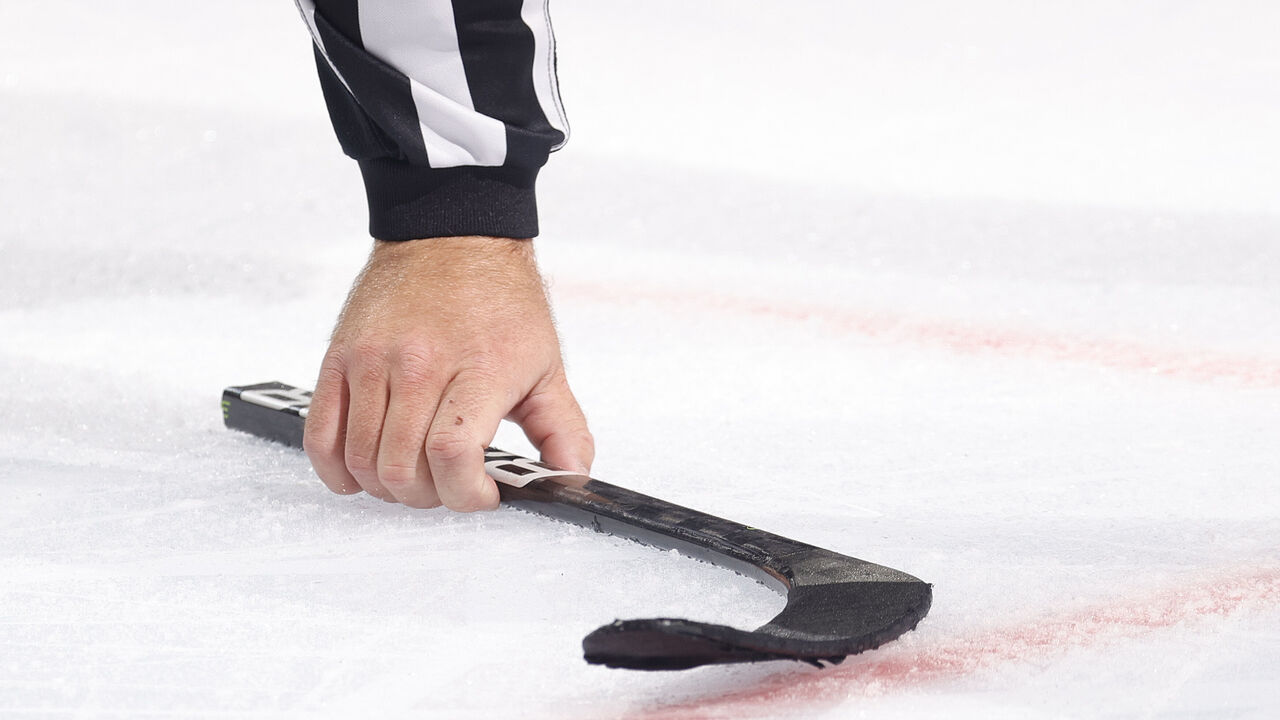
User "rwelsh08681" asks: What is the official NHL rule for broken sticks on the ice? I've seen them lay there for minutes at a time while extended play occurs, and recently I've also seen refs/linesmen pick them up. Just looking for clarification on the protocol.
Great question. The rulebook doesn't spell out anything regarding broken-stick cleanup, so there's no official rule or firm directive for referees and linesmen to follow.
That said, I'm told there is a general rule of thumb. While on-ice officials' top priorities are to call the game and stay out of the way, they do try to remove debris from the ice, including sticks, whenever possible during play.
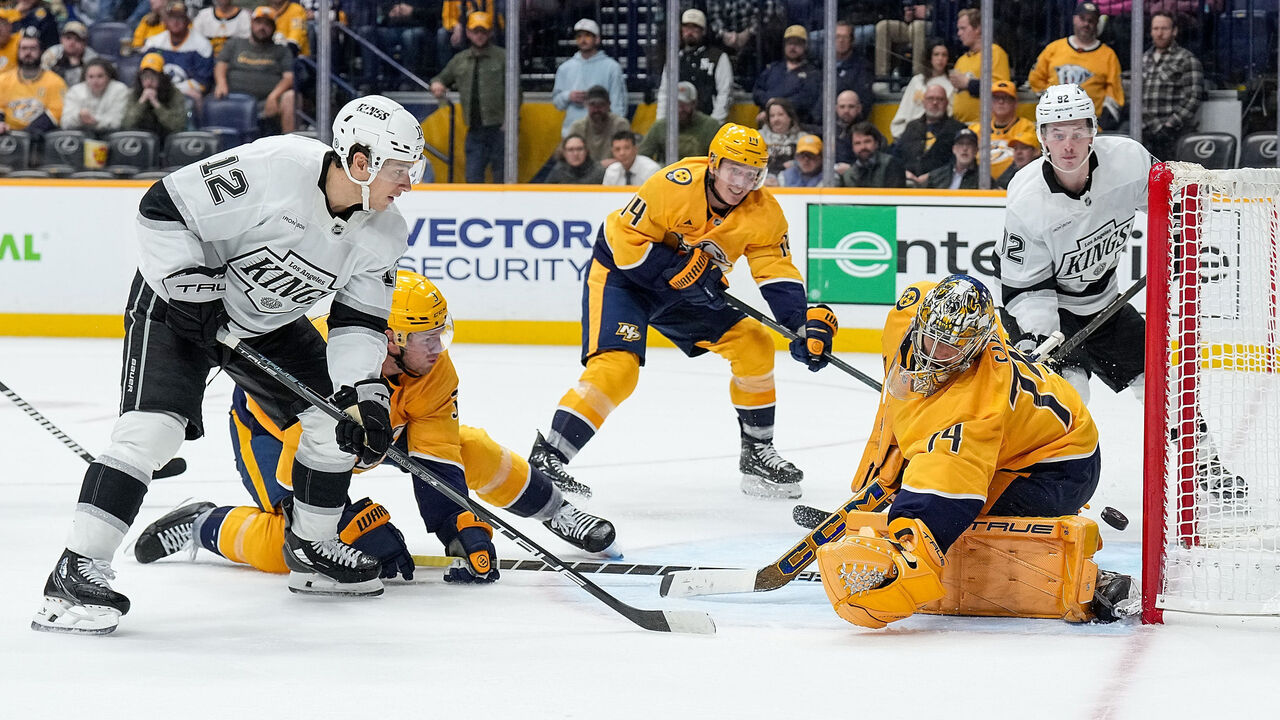
James M. asks: I am in a hockey pool, and this year I took Juuse Saros and Roman Josi from the Nashville Predators. I'm perplexed after their first 10-plus games at why they look like a shadow of themselves. They can't score, can't defend, or make a timely save. This was to be the year they were more a powerhouse in the West. What are the issues there?
Let's start with the defensive woes. Saros has been fine. He's been left out to dry most nights, with poor puck management producing a ton of odd-man rushes. The 4-8-1 Predators have allowed the fifth-most inner-slot shots per game in the league, according to Sportlogiq. That's not a recipe for success.
Meanwhile, the offense is generating very little from the interior of the ice. Nashville's down to 13.7 quality scoring chances per game after producing 16.0 per night last season. Roughly two fewer good looks a game may not seem like a lot, but it adds up over a month. The Preds need an upgrade at second-line center ASAP and should target an established playmaker.
The club's league-worst five-on-five shooting rate is not helping matters.
Some of this is concerning, but some of it can be attributed to roster turnover ($108.5 million spent on Steven Stamkos, Jonathan Marchessault, and Brady Skjei) and how it usually takes time for both team and player to fully adjust.
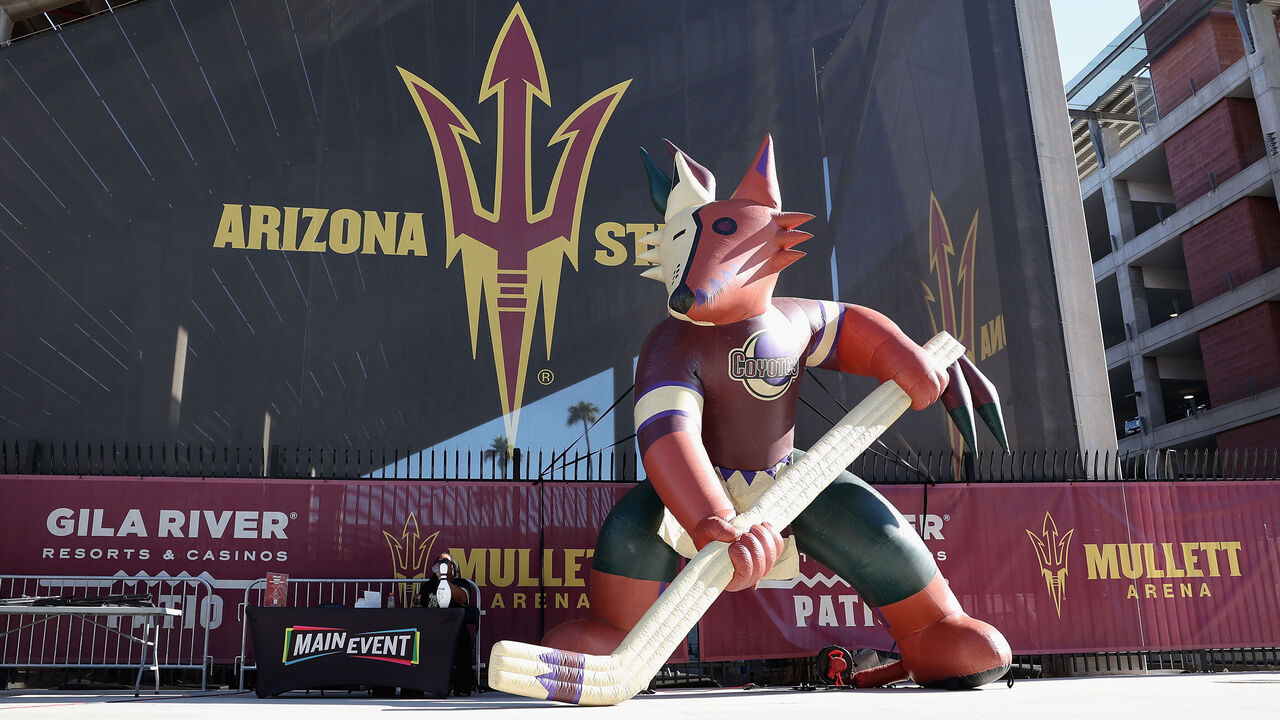
Troy F asks: Wondering if in your mailbag you can talk about if you think the NHL will expand past 32 teams. Do you think the next "new team" will be a team switching cities?
Troy was one of three readers to send in an expansion-related question.
The official message from the NHL is that expansion is not a pressing issue, and the league is not currently accepting proposals. The unofficial word? It's a matter of when, not if the league expands, likely to 34 within the next decade. (On the "switching cities" front, I don't see any obvious relocation candidates.)
The driving force is - as it always is in pro sports - money. The league can demand an expansion fee of $1 billion to $2 billion because franchise valuations are through the roof, there's enough prospective ownership groups patiently waiting to submit bids, and the last two expansions (Vegas and Seattle) have been fantastic successes while Utah's off to a promising start.
The next clubs will almost certainly be located in the United States. The NHL counts the Rangers, Islanders, Devils, Kings, and Ducks as two total markets (New York and Los Angeles), which means its presence stateside is less expansive than other leagues (22 U.S. markets to the NFL's 30, for instance).
I would be shocked if Arizona wasn't part of the 34-team NHL.
"Gary (Bettman) and I like to joke that we've spent the last 20 years trying to preserve hockey in Arizona. Ultimately, we were unsuccessful with this iteration," NHL deputy commissioner Bill Daly told a small group of media outlets, including theScore, in September, referencing the Alex Meruelo fiasco.
"Doesn't mean the next one (in the Phoenix area) won't be successful, and I think, given the right circumstances, it will be very successful."
What do you want to know, hockey fans?
There are three ways to submit a question for future editions of NHL Inbox:
Comment on this article in theScore mobile app
Email senior NHL writer John Matisz at [email protected]
Send John a message on Twitter/X (@matiszjohn)
HEADLINES
- Report: Devils could target Stamkos in trade
- Who can challenge for Olympic gold? Ranking projected European rosters
- Cooper calls Lightning's overturned goal 'laughable' after hand pass ruling
- Avs' Bednar slams officiating in loss to Isles: 'Goalie interference is a joke'
- Maple Leafs' Woll suffers lower-body injury vs. Hurricanes